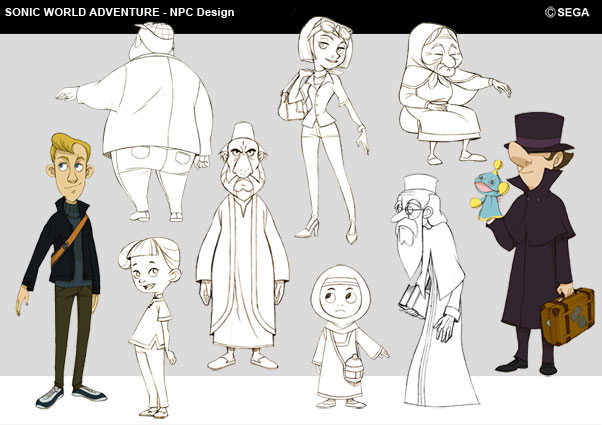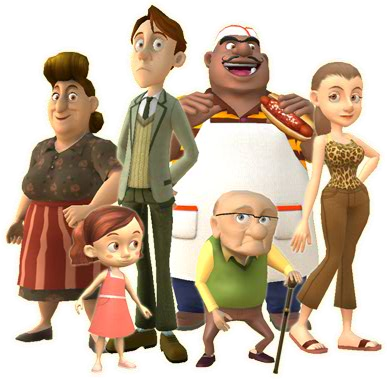

"Moving through the world at super high speeds requires long stages, and since it was impossible to load all that data into memory, we had to develop data streaming techniques that would read in data from the disc as you were progressing through the stage at that high-speed pace," Iizuka explains about the Wii's capabilities. It wasn't until 2010's Sonic Colors that a Nintendo console got to see what the new mechanic could really do, though developing for different systems naturally brought about their own set of complications. Because of that, we were able to create gameplay that excelled at capturing that essence of high-speed," Iizuka says.Īnyone that has played Sonic Unleashed will be aware of the major differences between the PS2/Wii and PS3/Xbox 360 versions, as the former suffered from cut content and struggled to achieve the same fast gameplay due to technical limitations and a different developer (Dimps).

"The Day parts were all designed with a focus on high-speed as the core element. Thanks to the integration of the Boost Gauge (or Ring Energy Gauge on the PS3/Xbox 360, as it was called), Sonic was able to break the sound barrier by more than three times - achieving an approximate measurement of 2,889 miles per hour. While these levels evoked an old-school God of War-like gameplay that garnered mixed reception, the Day stages allowed Sonic to truly live up to his name for the first time ever. "Combining those two elements into one game style is extremely difficult, so with Sonic Unleashed we split the focus in two." he says, referring to the decision to introduce the Werehog.


 0 kommentar(er)
0 kommentar(er)
